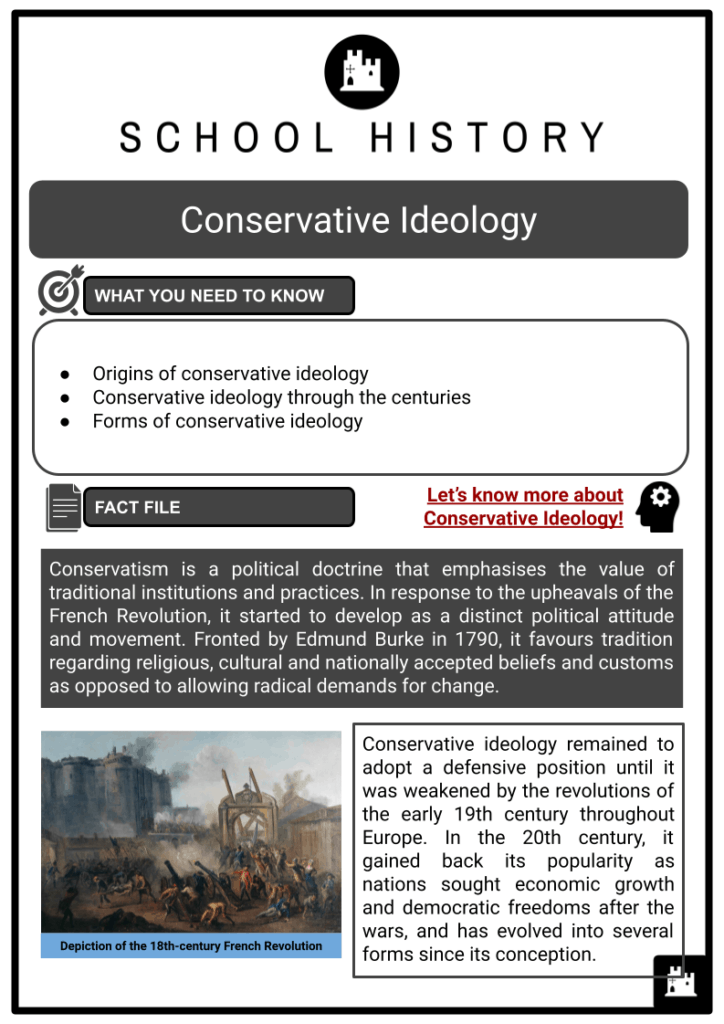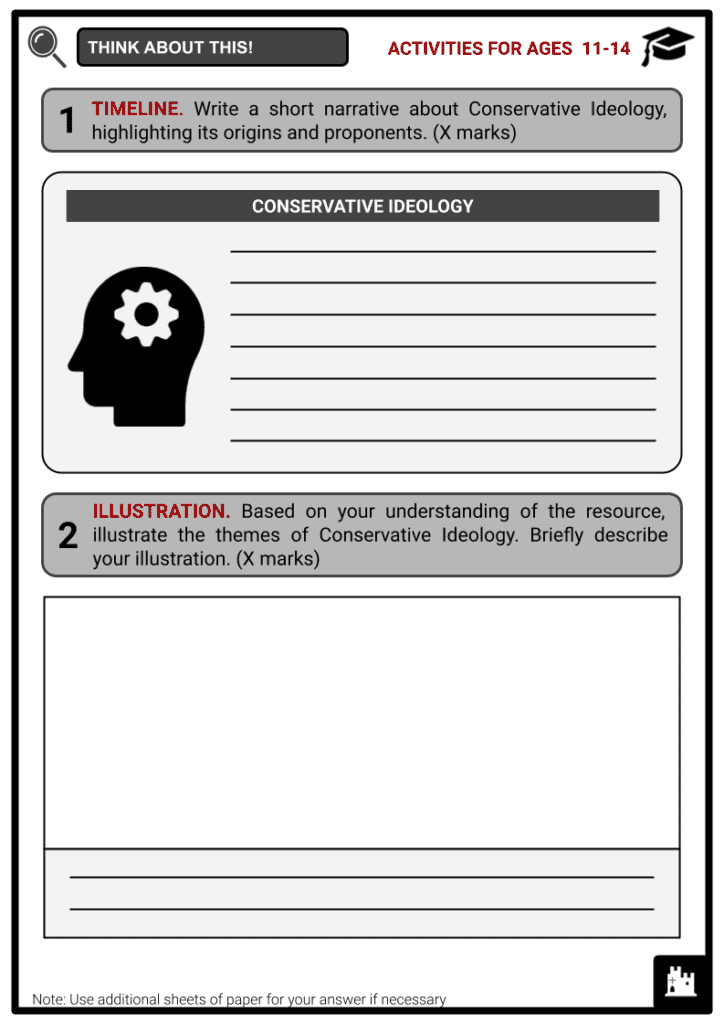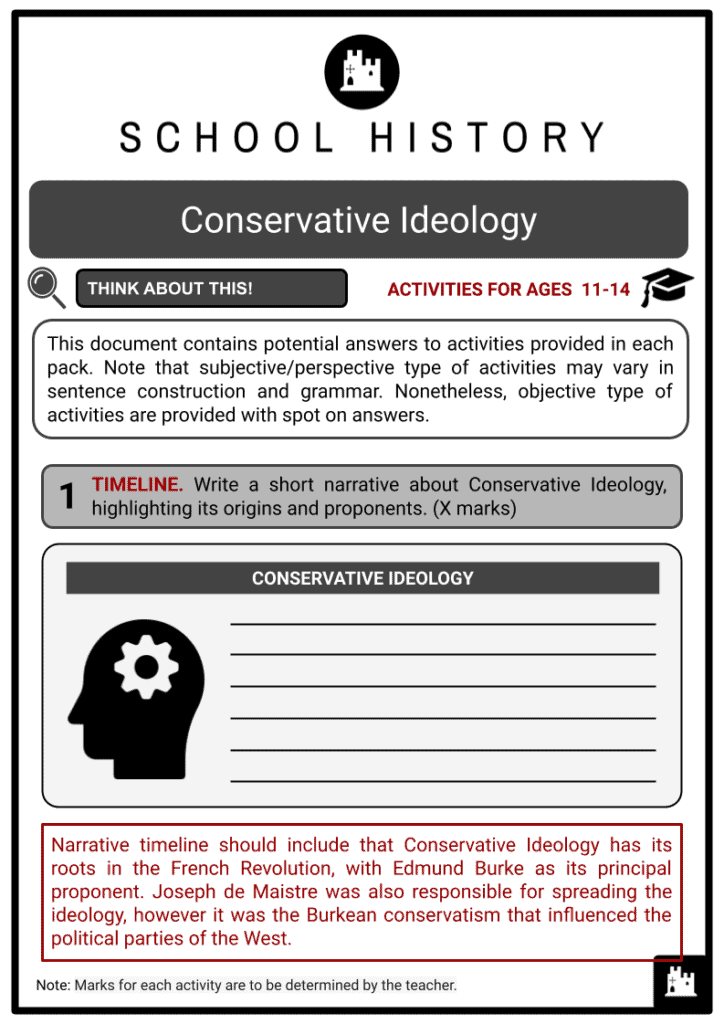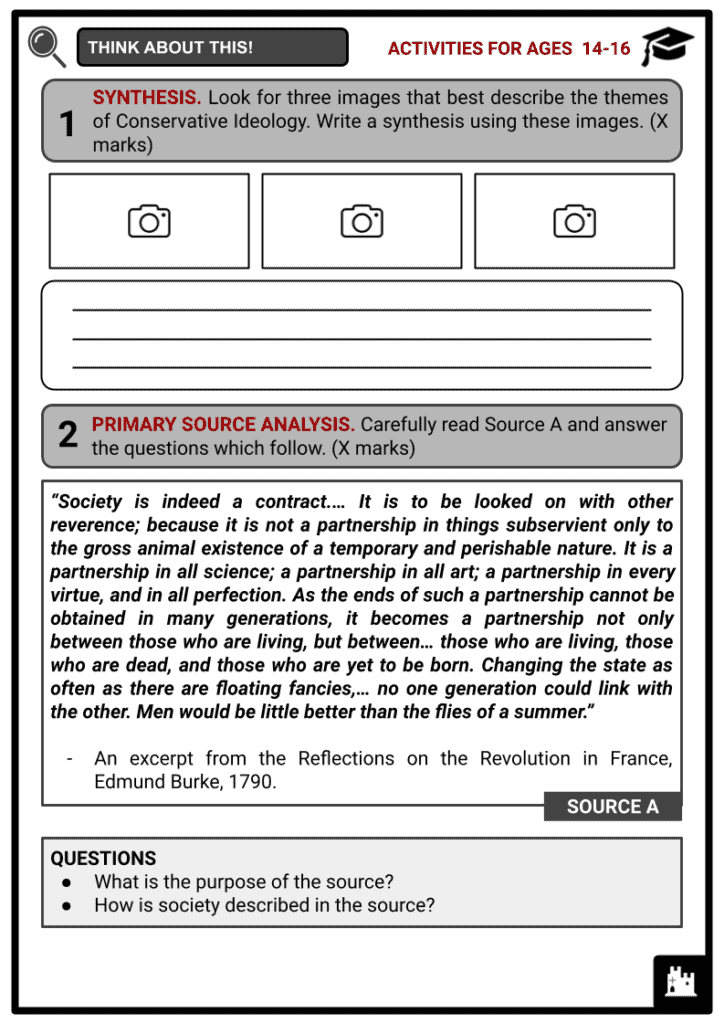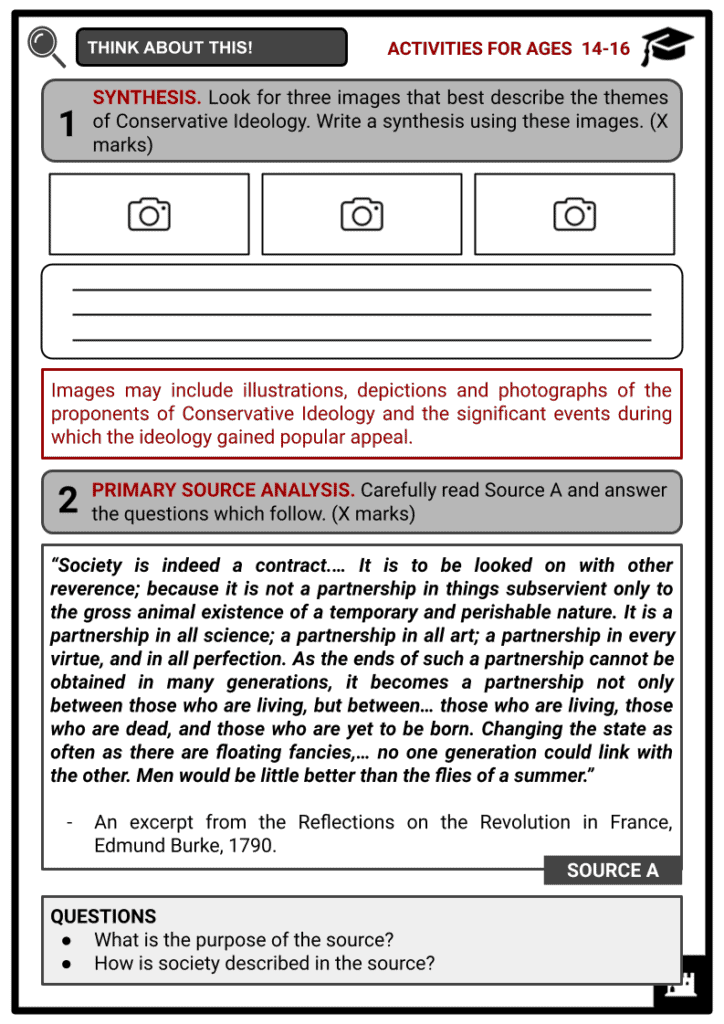Download Conservative Ideology Worksheets
Do you want to save dozens of hours in time? Get your evenings and weekends back? Be able to teach Conservative Ideology to your students?
Our worksheet bundle includes a fact file and printable worksheets and student activities. Perfect for both the classroom and homeschooling!
Table of Contents
Add a header to begin generating the table of contents
Summary
- Origins of conservative ideology
- Conservative ideology through the centuries
- Forms of conservative ideology
Key Facts And Information
Let’s know more about Conservative Ideology!
- Conservatism is a political doctrine that emphasises the value of traditional institutions and practices. In response to the upheavals of the French Revolution, it started to develop as a distinct political attitude and movement. Fronted by Edmund Burke in 1790, it favours tradition regarding religious, cultural and nationally accepted beliefs and customs as opposed to allowing radical demands for change.
- Conservative ideology remained to adopt a defensive position until it was weakened by the revolutions of the early 19th century throughout Europe. In the 20th century, it gained back its popularity as nations sought economic growth and democratic freedoms after the wars, and has evolved into several forms since its conception.
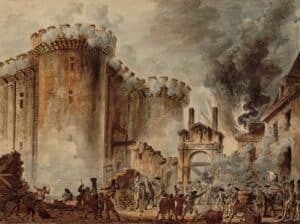
Conservative ideology has its roots in the French Revolution. It was a reaction opposing the wave of Enlightenment that swept Europe in the 18th century.
- Edmund Burke is widely acclaimed as the founder of conservatism.
- In 1790, in his Reflections on the Revolution in France, Edmund argued fervently against the French Revolution, even though he supported the American Revolution and was concerned by the rationalism that characterised part of the Enlightenment Age.
- He argued in favour of inherited institutions and customs including developing the state upon the “wisdom of many generations” in a gradual manner through experiences and the simultaneous maintenance and continuation of the family and the church.
- He charged that the revolutionaries were tearing down time-tested institutions without any assurance of a better replacement.
- According to him, any attempt to reform modern states based on metaphysical doctrines alone is destined to end in terror and dictatorship.
- His criticism significantly contributed to the powerful conservative reactions against the French Revolution throughout Europe in the late 18th and early 19th centuries.
- Influenced by Burke, the French diplomat and polemicist Joseph de Maistre developed his more extreme form of conservatism, which came to be known as Latin conservatism, early in the 19th century.
- Contrary to Burkean conservatism, Maistre rejected the revolution for the sake of traditional authority, particularly the authority of monarch and church.
- He blamed the European revolutionary disorders of the period on Enlightenment ideas and stressed that a tight political structure headed by rulers and priests was needed to control human beings who were essentially emotional and prone to disorder.
- He demanded a restoration of hereditary and absolute monarchy in France.
Conservative ideology through the centuries
- During the social disturbances of the Revolutionary and Napoleonic periods, an anti-revolutionary chain of international alliances was organised throughout Europe by the Austrian statesman Klemens von Metternich.
- A major influence in Austria and in Europe generally, he was a leading figure at the Congress of Vienna of 1814-1815, which reconstituted European political order after the downfall of the Napoleonic wars.
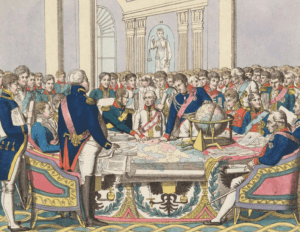
- The peace settlement was based on conservative principles, in reaction to decades of rapid change.
- It was reactionary in that it intended to restore the political and social disorder that existed before 1789.
- Within a few decades of the Restoration, this political settlement proved untenable and was threatened by the growing discontent of urban liberals.
- The revolutions of 1830 and 1848 weakened the restored monarchy.
- As a result, conservative factions lost power to liberals and nationalists. Some clung to influence only in coalitions with other groups.
- In Britain, the Tories defended the conservative political causes in the 17th and 18th centuries.
- They embodied the attitudes of the rural landowning class.
- They became the Tory Party in 1784 and finally adopted the label ‘Conservative’ after 1831.
- The Tory Party morphed into a coalition of traditional landowners and industrialists in the 19th century.
- Benjamin Disraeli, through the party, advocated for a return to the idealised view of a corporate or organic society where people were bound to each other by duty.
- Industrialisation accelerated the decline of conservatism as it gave rise to a new industrial working class with a limited allegiance to old institutions.
- The rural peasantry, which was the conservatives’ main source of strength, decreased in numbers, hence was unable to render support if the conservatives were to establish a national party.
- Conservative parties eventually found a solution to this problem by associating themselves with nationalist sentiments.
- This was the strategy used in Germany, where the Prussian chancellor Otto von Bismarck used nationalist sentiments to create a united Germany under the Prussian monarchy in 1871.
- By the end of the 19th century, conservative parties throughout Europe had embraced the nationalist strategy, which allowed them to gain popular appeal.
- Following the First World War and the downfall of imperial dynasties including Russia, Austria-Hungary, Germany and Ottoman Turkey, conservative parties became the leaders of frustrated nationalism in Germany, Italy and other former Allied countries.

- After the Second World War, the European conservative parties began to recover their strength and gain support.
- As the fascist regimes were defeated and socialism was unable to immediately re-establish post-war economies, many Europeans turned once more to conservative policies, which appeared to assure both economic growth and democratic freedoms.
- Now completely severed of its old aristocratic associations, this revived conservatism highlighted the enhancement of living standards through a market economy and the provision of an extensive range of social services by the state.
- For the rest of the 20th century, conservative parties were marked by liberal individualism and a strong sense of opposition to communism.
- In Britain, when the Conservatives returned to power in 1951, they upturned very few of the previous Labour government’s innovations and claimed to be superior in governing the welfare state proficiently.
- Decades later, the government of Margaret Thatcher introduced a dramatic shift of advocating for free-market economic policies and held an extreme individualistic orientation, which was more like modern libertarianism than classical conservatism.
- Thatcherism was also prominent in conservative parties in Europe, with the support leaning towards market-oriented policies, the European Union and an active military.
- The modern proponents are Christian democratic parties, which originated from the Catholic parties of the late 19th and early 20th century, the business community and white-collar professionals.
- In the United States, conservatism has little in common with the way the term is described elsewhere.
- American conservatism is a broad system of political beliefs in the United States that is marked by respect for American traditions, support for Christian values, economic liberalism, anti-communism and the defence of Western culture.
- In early American politics, conservatism was exercised by the Democratic Party in its attempts to preserve the social and economic institution of slavery.
- Since the 1950s, it has been mainly linked with the Republican Party.
- During the era of segregation, however, many Southern Democrats were conservatives, playing an essential role in the conservative coalition that generally controlled domestic policy in Congress from 1937 to 1963.
- The conservative Democrats remained to influence US politics until the Republican Revolution in 1994, which saw the shift of the American South from solid Democrat to solid Republican, while keeping its conservative values.
- Today, conservatism refers to right-wing politics which advocate for the preservation of personal wealth and private ownership with an emphasis on self-reliance and individualism.
- The Republican Party or the Grand Old Party (GOP), exemplified by Ronald Reagan and George H.W. Bush, represented it.
Forms of conservative ideology
- Liberal conservatism combines the advocacy of laissez-faire economic principles, such as respect for contracts, defence of private property and free markets with the belief in notions such as natural inequality, the importance of religion and the value of traditional morality through a framework of limited, constitutional, representative government.
- Libertarian conservatism describes certain political ideologies within the United States and Canada which combine libertarian economic issues with aspects of conservatism.
- National conservatism is a political term used largely in Europe to describe a variant of conservatism which focuses more on national interests than standard conservatism as well as upholding cultural and ethnic identity, while not being outspokenly nationalist or supporting a far-right approach.
- Traditionalist conservatism emphasises the need for the principles of natural law and transcendent moral order, tradition, hierarchy and organic unity, agrarianism, classicism and high culture as well as the intersecting spheres of loyalty.
- Cultural conservatism advocates for the preservation of heritage or culture, including language traditions and cultural practices that are intentionally passed through generations.
- Social conservatism, considered a sub-group of cultural conservatism, highlights the preservation of traditional social practices, including marriage ceremonies and heterosexual relationships.
- Religious conservatism advocates for the conservation of religious teachings through example or by legal means, requiring the practice or reservation of a Christian ideal.
- Fiscal conservatism advocates for prudence in government spending and national debt.
- Paternalistic conservatism reflects the belief that societies exist and develop organically and that members within them have obligations towards each other.
- Progressive conservatism combines conservative and progressive policies.
- Authoritarian conservatism shows strong devotion towards religion, tradition and culture while also expressing fervent nationalism akin to other far-right nationalist movements.

